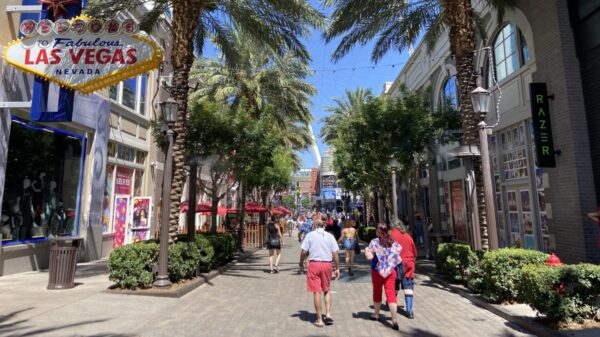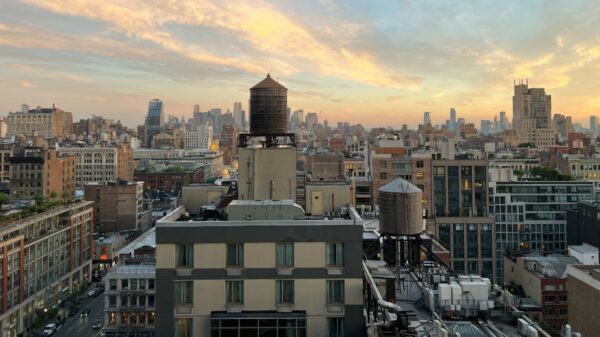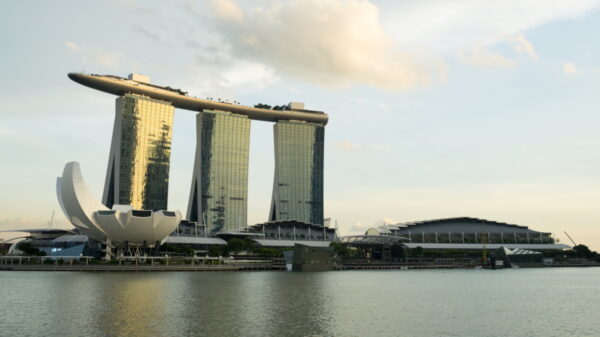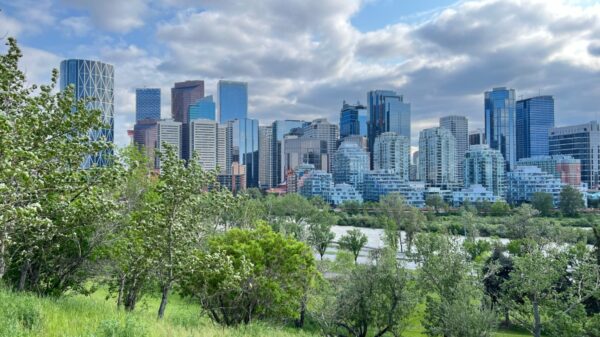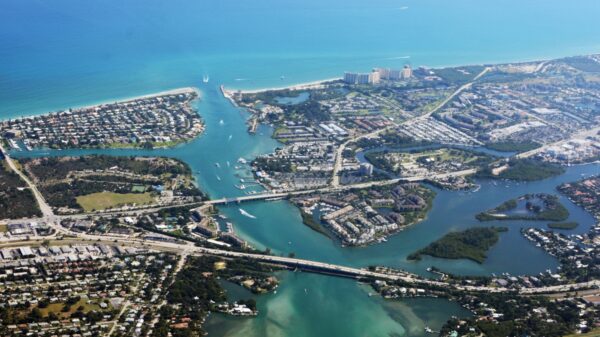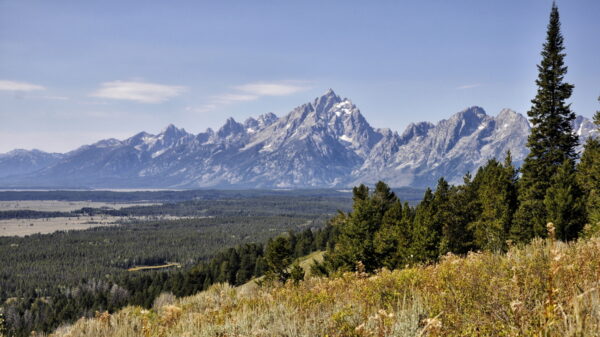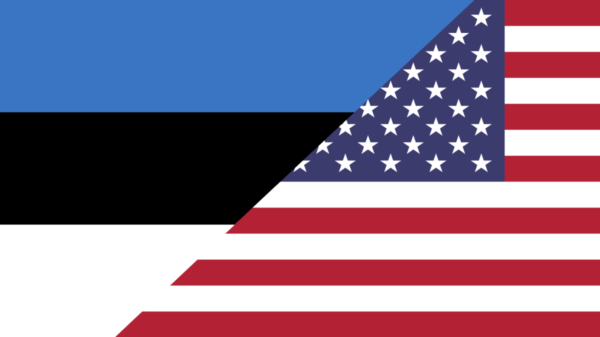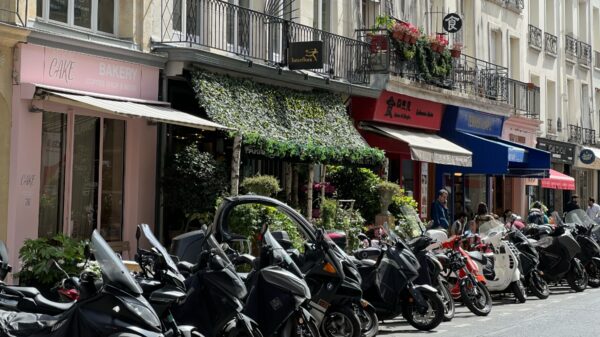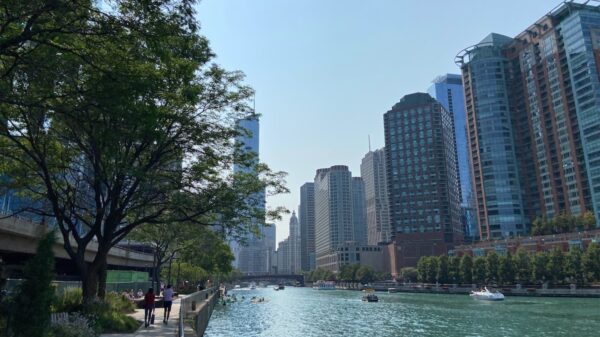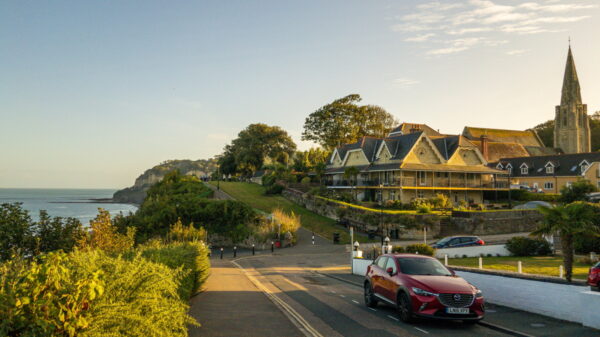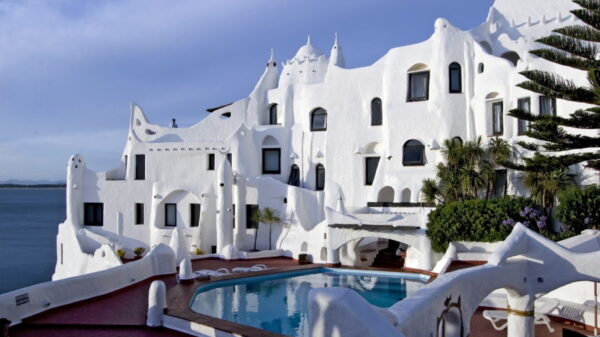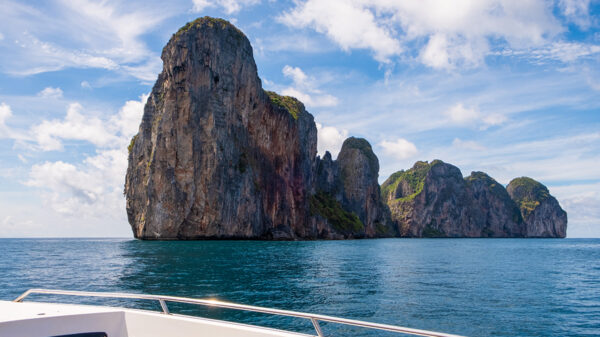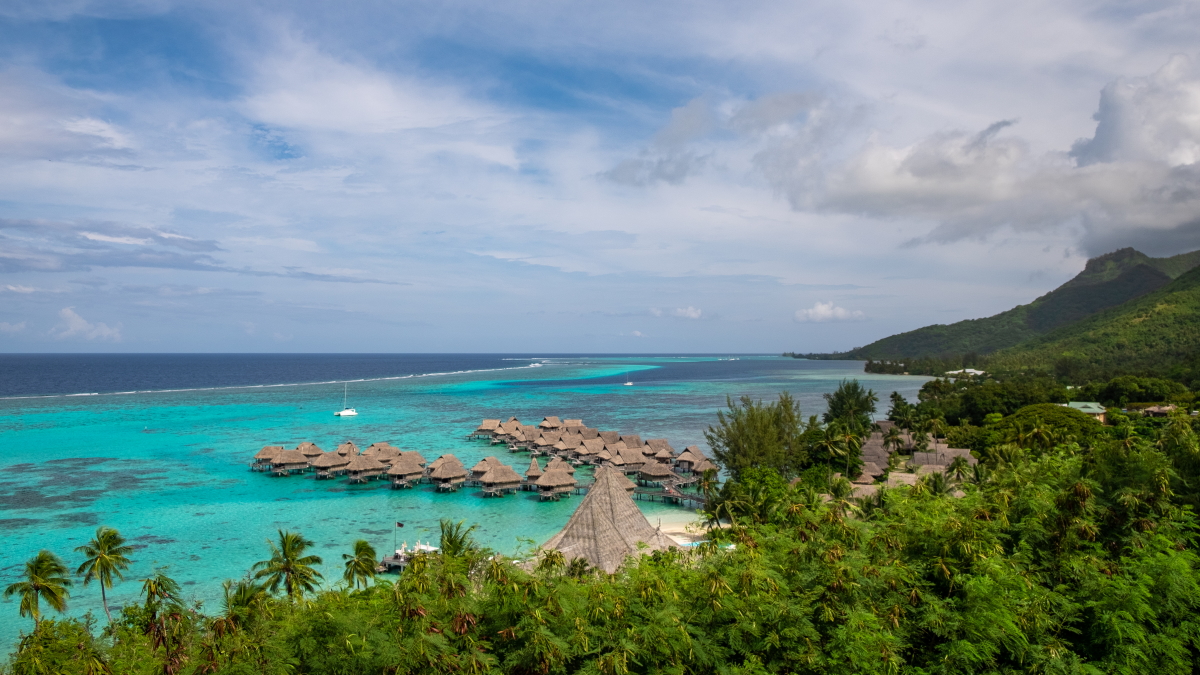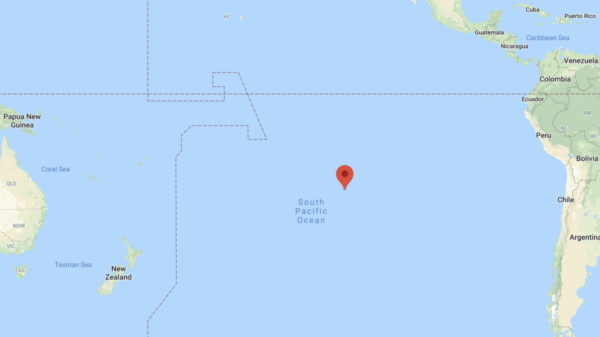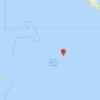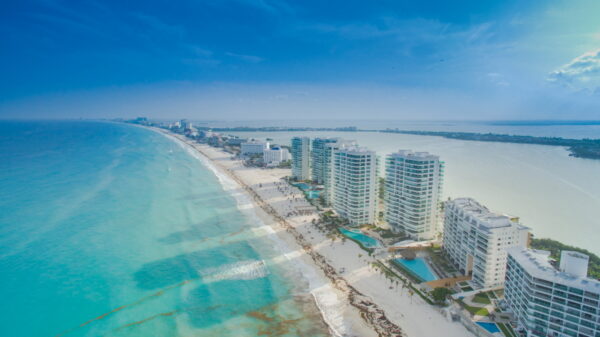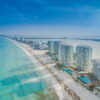I have always had a passion for the remote, especially far away islands. I have often wondered whether it would be possible to live on one as a location independent entrepreneur. I finally embarked on a journey to answer that question and in this article, I share my findings.
The call of the remote
I had a globe in my bedroom when I was a kid. Of all the places on it, it was the small dots in the middle of the oceans that captured my imagination most. I yearned to visit every one of them, to see what they looked like in person.
It is not really their remoteness that attracted me but what this remoteness means for those places. Cultural isolation and all that it entails, a pristine environment as well as amazing diving and hiking.
With the recent emergence of a number of floating country projects in the South Pacific, a curiosity about business and social opportunities was added to the mix.
I finally decided to heed the call of the remote and fulfil this lifelong dream. I selected a number of islands, each unique for a number of reasons, and booked the necessary plane tickets. This forced me to confront my first challenge of the trip, getting there.
Challenge one: Getting there
Traveling to a remote island can be quite challenging, especially if you are time constrained. You might imagine that distance is the main problem but it is not, it is the flight frequencies which are. Obviously, if you are flying to an island like Oahu you will have plenty of choices, every day, but if you are flying to the Gambiers, you may have to deal with a weekly flight which sells out months in advance.
This lack of frequency, combined with high demand, also tends to result in abnormally high prices. For example, a 50 minutes flight aboard a tiny turbo-prop airplane between Papeete and Bora Bora can easily cost more than a transatlantic flight on a wide-bodied airplane.
Another issue, especially for frequent flyers, is the choice of airlines. Most islands are only served by one airline and in many cases, it is an unaffiliated airline. This means that it is not always possible to earn and / or redeem miles. Even when an island is served by an alliance airline, earning opportunities can be limited and the availability of awards poor.
This is bad enough if you are a tourist, imagine what it means for residents.
There is also a number of islands which cannot be reached by air. While interesting in their own rights, they are obviously not viable residency options. The ones I find the most intriguing are Tristan da Cunha, the Kerguelen archipelago and Pitcairn.
Challenge two: housing
Having tackled my first challenge, getting there, I was now faced with my second, housing. I am a hotel guy and usually prefer staying with the same chains so that I can benefit from my frequent traveler statuses. On most islands, however, the chains only have expensive resorts and so are not viable long stay options.
While searching on my usual sites, I quickly noticed that this trend is not unique to the chains and that options tend to be limited, regardless of their category. Prices also tend to be on the high side, sometimes very high side and that is especially true in the south Pacific where the focus is mostly on luxury resorts.
It is possible to find monthly rentals on sites like Airbnb but on the nicer islands they are usually in the 5000-10000 USD price range and in my opinion, rarely worth the money you pay for them. It is also possible to find cheaper guesthouses and homestays but frankly, I just do not consider them a suitable option for long stays. Renting locally is cheaper and can be a viable option but only if you do not mind signing a six month or year-long contract. If you have your own yacht, you can bypass this issue entirely by living aboard.
There are exceptions, however, such as the Azores where prices are low and availability is high. Hawaii also has plenty of options but they tend to sell out quickly and prices are at least on par with the other expensive parts of the United States (200-500 USD per night).
Challenge three: food
I have been traveling the world non-stop for many years and have never given food much thought. When I am hungry, I simply walk around for a few minutes, locate a decent restaurant and eat there. Sometimes I have had to settle for food I did not enjoy much, especially when in smaller towns, but finding food in and of itself has never been an issue.
This nonchalant attitude definitely did not cut it on some of the islands I visited. I found out the hard way that it is possible for a human settlement to literally have no restaurant or grocery shop. Or if lucky, to have one but with very limited opening hours.
To give you an example, upon my arrival on Moorea I set out to find a seafood restaurant for a late dinner. I was eager to try the famous poisson cru (raw fish). I did not find any that was open, in fact, I did not find ANY restaurant at all that was open. Nor any grocery or convenience shop. I had to head back to my hotel and eat there or I would have starved. I was still lucky though as if I had booked a self-catering type place I would have probably gone hungry that night.
So if you are like me and prefer to eat only in restaurants, you will have to restrict yourself to the more populous islands or be prepared to be very disciplined about your eating hours (most restaurants only open for a few hours a day, from 11h to 14h for example).
Obviously, if you prefer to cook at home things will be easier and you will also save a lot of money. From talking with the locals, I learned that a fresh tuna meal which costs 50 EUR per person in a Polynesian restaurant can easily be cooked at home for under 10 EUR per person. This may seem like an extreme example but it is not, a 50 EUR per person meal is pretty much the norm in a lot of the restaurants there.
Challenge four: getting work done
Working from a remote island can be a major challenge. For one, the internet is often slow, very expensive and sometimes it can even be nonexistent. For example, on Easter Island, it would often cut off or become very unstable during rainy days as it relies entirely on a satellite link (if you want to know why, google Ku-Band and weather). This is especially annoying as rainy days are usually the best time to work as there is nothing to do outside. Fortunately, this may change in the near future with the deployment of next generation constellations such as that of Starklink.
There are also very few (if any) coffee shops and certainly no coworking spaces or Regus-type offices. Even the luxury hotels and resorts rarely have rooms with working desks.
There is also the issue that most buildings are designed with outdoor living in mind. This means that air-conditioning can be hard to find, especially on the less densely populated islands. This may not seem like a big deal but try being productive in 35 degrees centigrade heat.
The other challenges
While the challenges listed above are the most serious I have faced, they are not the only ones.
In the south Pacific, I have found the time difference with the rest of the world to be quite annoying. Tahiti, for example, is 10 hours behind GMT. Coordinating anything with Europe means having to get up in the middle of the night. Asia is nearly an entire day ahead and South America is an awkward 5-7 hour ahead. This is definitely something to consider if you regularly do calls.
With the exception of Oahu, all the islands I visited had appalling public transportation. In nearly every cases, a rental car was the only realistic option for getting around. This meant that I had to plan all my hikes and activities carefully so that I would always end back at the car.
Speaking of hiking, the lack of infrastructure meant that I had to pack heavier than I normally would as there was usually no shop along the trails where I could buy water or food.
Living on a remote island, possible?
In my experience and despite the challenges listed here the answer is yes, it is. In fact, living on a remote island can be a very rewarding and unique experience. That is especially true if you are a fan of the outdoors and you love a slower pace of life.
While it is possible to reside on any remote islands, I have found two to be particularly suitable for location independent entrepreneurs.
The Azores is my favorite as it offers the best combination of island life, good food, decent weather, fast internet and pristine environment. The cost of living is also remarkably low, not only compared to the other islands I have visited but also to many “regular” locations. Best of all, because it is part of Portugal it is possible to benefit from the NHR status while living there.
Hawaii is the other suitable option in the context of location independence. It is highly developed, has excellent food, solid nightlife and a pristine environment. It is also well connected to both North America and Asia. Heck, there are even low-cost flights nowadays to Japan and other Asian destinations. Obviously, it is not a great option for those looking to live a tax-free life as it is part of the United States.
To conclude this post, I will say that as communication technologies and air coverage improves, living on many of these remote islands will become not only more viable in the context of location independence but actually highly desirable. The stunning scenery, the amazing diving, the strong sense of community, the lack of pollution are only a few of the benefits these places offer. Covid has also shown us that they can be excellent places to stay safe from communicable diseases. As an added bonus, many of the remote islands are true tax havens, even French Polynesia (no income tax, fairly easy to avoid social security contributions).


